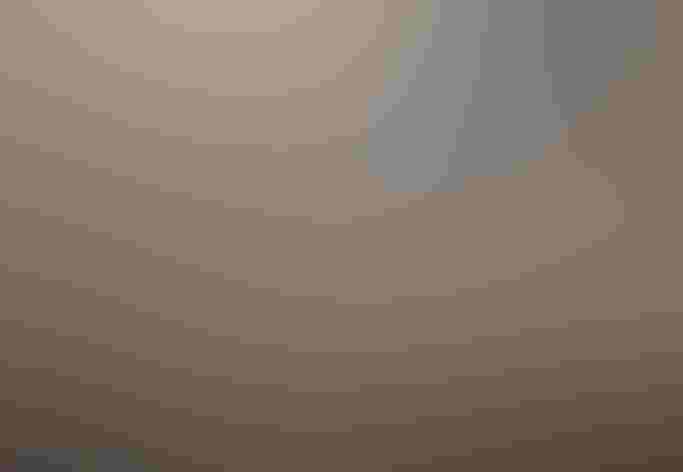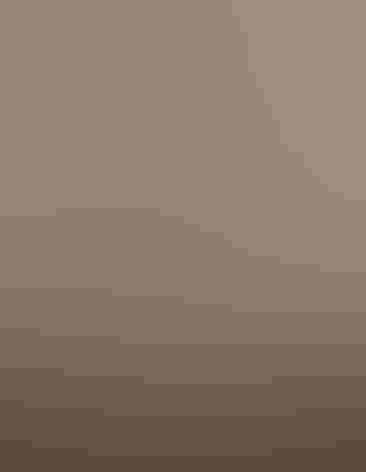LeConte’s Thrasher
At a Glance
As pale as desert sand is this wraith of the arid saltbush flats. It seldom flies unless closely pressed, instead running about with great speed on the open ground, its tail cocked up above its back. For many years after its discovery, Le Conte's Thrasher was considered a rare bird, because it lives in desert so barren and forbidding that few people would have thought to seek birds there.
All bird guide text and rangemaps adapted from by Kenn Kaufman© 1996, used by permission of Houghton Mifflin Harcourt Publishing Company. All rights reserved.
Category
Mockingbirds and Thrashers, Perching Birds
IUCN Status
Least Concern
Habitat
Desert and Arid Habitats
Region
California, Southwest
Behavior
Flitter, Running
Population
71.000
Range & Identification
Migration & Range Maps
Probably permanent resident, although it has been recorded in some parts of range only in breeding season.
Description
10-11" (25-28 cm). Overall pale sandy look with contrasting darker tail, pale buff undertail coverts. Bill deeply curved but not as heavy as those of Crissal or California thrashers. Eyes are dark brown.
Size
About the size of a Robin
Color
Black, Gray, Tan, White
Wing Shape
Broad
Tail Shape
Long, Rounded, Wedge-shaped
Songs and Calls
Song is a loud, rich melody recalling that of a California Thrasher, but less harsh and with infrequent repetition of phrases. Calls are a rising whit and tu-weep.
Call Pattern
Complex, Falling, Rising, Undulating
Call Type
Buzz, Chirp/Chip, Hi, Trill, Whistle
Habitat
Desert flats with sparse growth of saltbush. Lives in more open habitats than other thrashers, on dry flats with only scattered low shrubs. Found especially in areas of sparse saltbush, also on creosote bush flats in some areas; mainly where there are a few slightly larger mesquites or cholla cactus.
Sign up for ÃÛèÖAPP's newsletter to learn more about birds like the LeConte's Thrasher
Behavior
Eggs
3-4, sometimes 2. Pale greenish blue, lightly dotted with brown. Incubation is by both parents, about 15 days.
Young
Both parents feed nestlings. Young leave nest about 13-17 days after hatching. 2 broods per year, perhaps rarely 3.
Feeding Behavior
Forages almost entirely on the ground, walking and running rapidly on bare open soil. Finds much of its food by digging in the soil with its bill.
Diet
Mostly insects. Diet is not known in detail, but feeds mainly on insects, including grasshoppers, ants, beetles, and many others. Also eats spiders, centipedes, and other arthropods, and sometimes small lizards; eats a few berries and seeds.
Nesting
May mate for life. Pairs remain together at all seasons on permanent territories. In courtship, male may present female with twig or insect. Male sings to defend territory, beginning in mid-winter; nesting may begin in February or even January, but lasts until June in some areas. Nest: Usually placed less than 5' above the ground. Low, dense cholla cactus favored as nest sites; will also nest in saltbush, mesquite, or other low shrubs. Nest (built by both sexes) is a bulky open cup of thorny twigs, lined with rootlets, leaves, plant fibers, sometimes with softer inner lining of plant down.
Climate Vulnerability
Conservation Status
Has disappeared from some areas where irrigation has converted desert to farmland. Still common in appropriate habitat.
Climate Threats Facing the LeConte's Thrasher
Choose a temperature scenario below to see which threats will affect this species as warming increases. The same ÃÛèÖAPP change-driven threats that put birds at risk will affect other wildlife and people, too.




